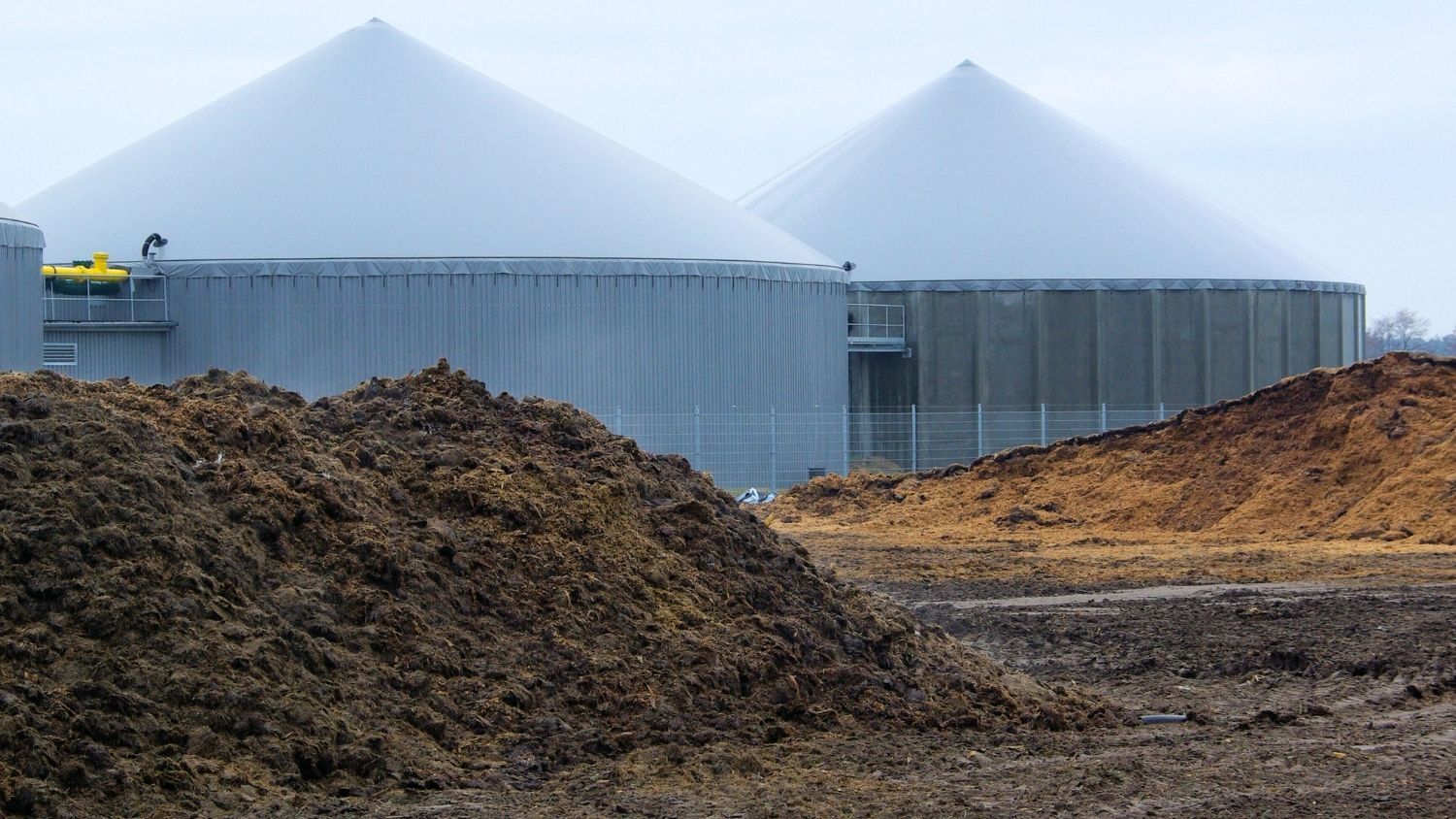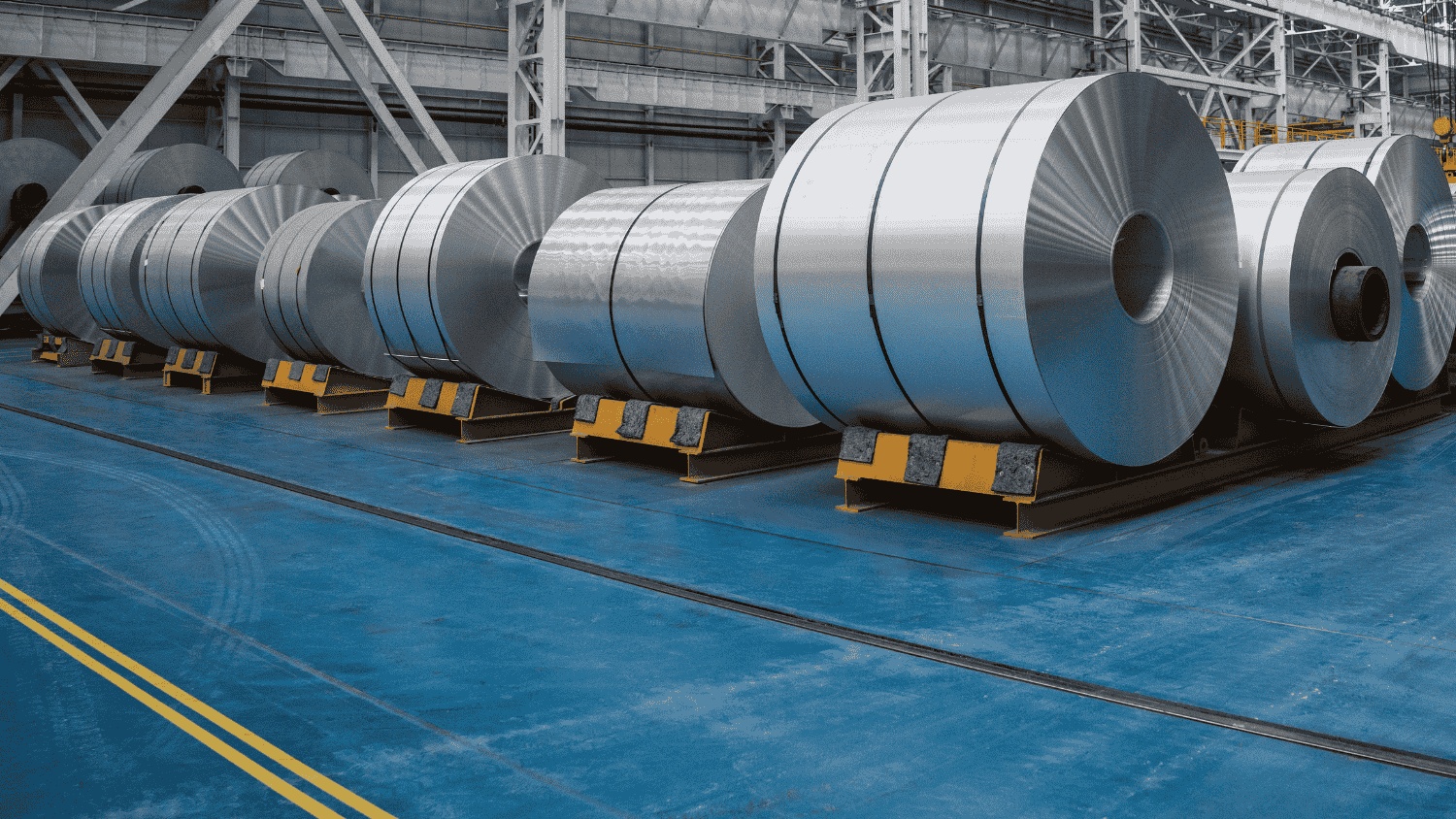Gas separation plays an important economic and environmental role in a variety of applications and functions. The interest in advanced methods of gas separation continues to grow.
The most popular mechanisms used for advanced gas separation include:
- Molecular sieving
- Knudsen diffusion
- Molecular diffusion at surfaces
- Facilitated transport
- Capillary condensation
- Solution Diffusion Separation
Of these, molecular sieves offer high performance due to excellent separation capacity and kinetic gas adsorption. They can be easily deployed in various industries such as air separation, hydrogen purification, ethanol dehydration, propylene dehydration, air beak system, refrigerant dehydration, and more.
Among molecular sieves, MOFs are widely touted as the best possible solution to advanced gas separation. MOFs consist of metal ions with carefully coordinated organic linkers that give them a diverse structure, tunable pore sizes, and unparalleled surface area.
Researchers are slowly deploying metal organic frameworks (MOF) devices to implement cost-saving solutions to separate gases such as oxygen, hydrogen, and methane.
Thanks to their modular construction, MOFs can be expandable to any size and have unprecedented separation performance, environmentally friendly operation, and extreme longevity. The underlying principle behind their effectiveness lies in porosity.
It is worth giving a brief introduction to porosity, one of the key measures of performance in molecular sieves.
Porosity is the study of empty spaces between atoms and how they interact with the surrounding environment. It plays an instrumental role in numerous industrial applications, such as removal of calcium from water, breaking down of petrochemicals, and antimicrobial dressings among others. The traditional go-to material of choice for most industries would be zeolites, first discovered in 1754.
 A possible successor of Zeolites
A possible successor of Zeolites
Zeolites remained the most porous material in the world for up to a hundred years until MOFs were first synthesised in in 1996 and named the ‘magic’ material in 1999.
Here’s why MOFs are such a big deal: the porosity levels in typical MOF clusters can reach up to 10,000 m2/g. To put things in perspective, porous materials like carbon, zeolite, and silica max out at 1000 m2/g. This is a gap with huge implications.
“Porosity levels in typical MOF clusters can reach up to 10,000 m2/g”
It helps to think of the internal surface area of MOFs like huge sports fields. For example, a porosity of 10,000 m2/g means that a single gram of MOF has an internal surface area equal to two football fields! Researchers indicate that if only 2 grams of MOF-5 were to be unfolded, it would cover an area spanning over 5000 meters, or nearly all of the floor space in the White House!
The large number of pores and the resulting surface area gives MOFs enormously superior performance over conventional materials like Zeolite.
Fully Customisable: MOFs Work Exactly How You Want Them To
We can customise metal-organic frameworks to perform exactly how you want them to thanks to their chemical tunability. You can choose any metal ion and combine it it with a vast variety of organic linkers to form structures with specific properties.
Metal organic frameworks, or MOFs, are enjoying explosive growth because of their huge commercial potential, offering an advantage over existing gas separation methods such as zeolite, silica, and activated carbon.
The robust internal structure of MOFs allows them to be used in gas separation, including gases such as methane, carbon dioxide, and hydrogen, which typically occupy massive volumes. But when they come in contact with the adsorptive sites within the pores found in a MOF device, you can clump together the gas molecules far closer than is typically possible in the gas phase.
At novoMOF, our engineers can design MOFs to solve complex challenges, these include the following:
- Reduction of CO2 emissions in petroleum refineries
- Creating hydrogen from waste water
- Separating voluminous gases
Capturing and Separating Noxious Gases from the Air
The potential role of MOF-based separation systems has been identified as an important development in the area of air quality management because of their highly customisable chemical structure with robust properties. This allows us to make significant improvements in the separation of toxic airborne pollutants.
Addressing air pollution is important because it has been attributed to over 9% of deaths annually on a global scale. Death rates from air pollution are perhaps highest in low-to-middle income countries with serious ramifications for their health.
The nanosized pores in MOF devices adsorb gases very effectively. This enables novoMOF engineers to design a diverse array of MOF-based sensors to create a detailed breakdown of the air quality levels. It is worth noting that different amounts of the gases will adsorb to a different extent in MOFs.
At novoMOF, we pursue various strategies for the kinetic stabilisation of MOFs to yield robust frameworks suited to different gases. Data will be processed using various machine learning and statistical algorithms to improve the accuracy of a sensor’s response.
Using Adsorption to Purify Noble Gases
Noble gases such as helium, neon, and argon have numerous applications ranging from leak detection to usage in fire extinguishers. They’re not readily found in nature, often existing in small concentrations of 5.22 ppm in the case of Helium and 0.086 ppm in the case of Xenon. Fractional distillation is the most common means of obtaining inert gases.
However, fractional distillation is prohibitively expensive because part of the process involves cooling the gas mixtures to low temperatures, a very energy-intensive process. This makes inert gases very expensive to produce.
MOFs improve the selectivity of membranes by more than 96%
To circumvent this problem, companies are looking towards alternatives. Adsorption materials like zeolites and activated carbon show promise but they are often characterised by low adsorption capacity and low selectivity. Metal-organic frameworks are the more economically viable solutions and can improve the selectivity of membranes by more than 96%.
Petrochemical Applications – Ethylene and Methane Separation
Crude oil plays a central role in our industries and continues to be the single biggest form of energy consumed. It is separated into different classes and then further processed into other products. Of particular interest are products with C1, C2, and C3 derived hydrocarbon chains. The isolation and purification of these compounds is usually done through polymeric membranes, but the process is usually energy intensive and leaves a huge carbon footprint.
Metal organic frameworks improve gas separation of desirable petrochemical products because of their high selective absorption and exceptionally high surface area. One application that deserves special mention here is the separation of ethylene using MUF-15 (a Cobalt based MOF). It is inexpensive and made with easily accessible materials. A single kilogram of MOF material can produce 14 litres of ethylene gas.
All this due to the high selectivity and optimal pore dimensions of MUF-15.
Similarly, the integration of MOF in petrochemical industries can improve methane separation from lighter hydrocarbons (those with C2 and C3 chains). Lead based MOF (FJI-H22) has been shown to selectively adsorb C2 and C3 hydrocarbons at room temperature and pressure, leading to the separation of methane.
Being able to separate methane at room temperature and pressure conditions dramatically reduces the energy cost.
Companies that hope to gain a competitive edge and drastically reduce their operational costs are now beginning to dip their toes in MOF. This is where we come in. At novoMOF, we offer revolutionary solutions to key industrial challenges and continue to develop innovative materials that reduce the cost and environmental impact of conventional technologies.
Discover Our Products and See the Clear Difference
novoMOF is a trendsetter when it comes to MOFs. Our research and development team designs MOFs that have exceptional thermal, mechanical, and chemical stability. All our products have unique characteristics that provide high porosity, stability, and offer immense functionality. We’re always identifying new users for Metal Organic Frameworks because testing and verification play a key role in advancing this science.




